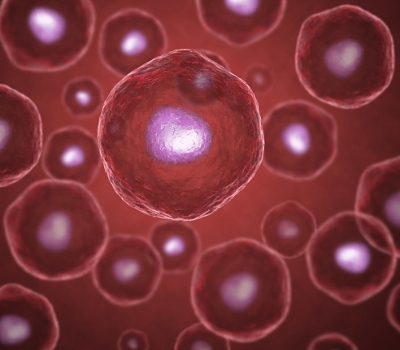Neural Stem Cells as Future Therapy for Dementia with Lewy Bodies, Implications for Alzheimer’s

A study published in Stem Cell Reports, entitled “Neural Stem Cells Rescue Cognitive and Motor Dysfunction in a Transgenic Model of Dementia with Lewy Bodies through a BDNF-Dependent Mechanism,” reports that neural stem cell (NSC) transplantation into mice suffering from dementia with Lewy bodies (DLB) significantly improved motor and cognitive impairment functions.
Dementia with Lewy bodies is a progressive neurodegenerative disorder closely linked with Parkinson’s disease. In the U.S., DLB affects an average of 1.3 million individuals and is ranked the second-most common age-related dementia after Alzheimer’s disease. While signs and symptoms of DLB could vary between individuals, common features include hallucinations, sleep/behavioral problems, changes in cognition, and motor characteristics of Parkinson’s disease like stiffness of movements, low speech volume, postural instability, and difficulty in swallowing. Although the causes of DLB are not entirely understood, it has been suggested that a combination of genetic and environmental factors incite development of abnormal levels of aggregated proteins named Lewy bodies throughout the brain. The latter results in impairment of function and communication within the neuronal network, ultimately leading to cell death.
There is no cure for DLB, but a number of treatments based on pharmaceuticals may ease the motor and emotive/cognitive symptoms. Examples include drug combinations used to treat Parkinson’s and Alzheimer’s diseases, such as levodopa and donepezil. As these treatments provide only moderate symptomatic relief, identification of novel effective therapies is required. One promising alternative avenue that is extensively investigated in recent years in based on stem cell therapy. In this study, the researchers at the University of California, Irvine, performed NSC transplantation into the brain of a genetically modified mice suffering from DLB-like syndrome. After one month, the behavioral and cognitive functions of mice were re-evaluated and indicated substantial improvement in both motor and cognitive functions. For example, when compared to untreated mice, NSC transplanted mice were found to recognize novel objects easily and run longer distances on rotating rods.
To better understand the mechanisms of DLB recovery using NSC transplantation, researchers performed an in-depth examination of the relationship between stem cells and neuronal networks. The team found that improvement in neuron function requires secretion of a specific growth factor named brain-derived neurotrophic factor (BDNF). NSC boost the functionality of dopamine and glutamate producing neurons by facilitating communication within brain cells networks. As a result, when BDNF secretion was prevented, dopamine levels and glutamate signaling were no longer boosted and behavioral function in the mice declined. Finally, when BDNF was delivered to the brain of DLB mice as a therapy, the results showed a decent recovery of motor skills, but the cognitive function remained limited.
Overall, these findings highlight the critical role of BDNF in stem cell-mediated motor and cognitive recovery. In the future, UCI researchers believe that one day transplantation of BDNF-producing NSC into human patients could treat DLB. Additionally, as dopamine and glutamate are involved in other neurodegenerative disorders like Huntington’s and Alzheimer’s disease, this BDNF-producing NSC approach could be beneficial for other neurodegenerative diseases.
“Many important questions remain before we could envision moving forward with early-stage trials,” said UCI researcher Dr. Mathew Blurton-Jones, associate professor of neurobiology and behavior. “For example, we’ll need to identify and test human neural stem cells first.”






